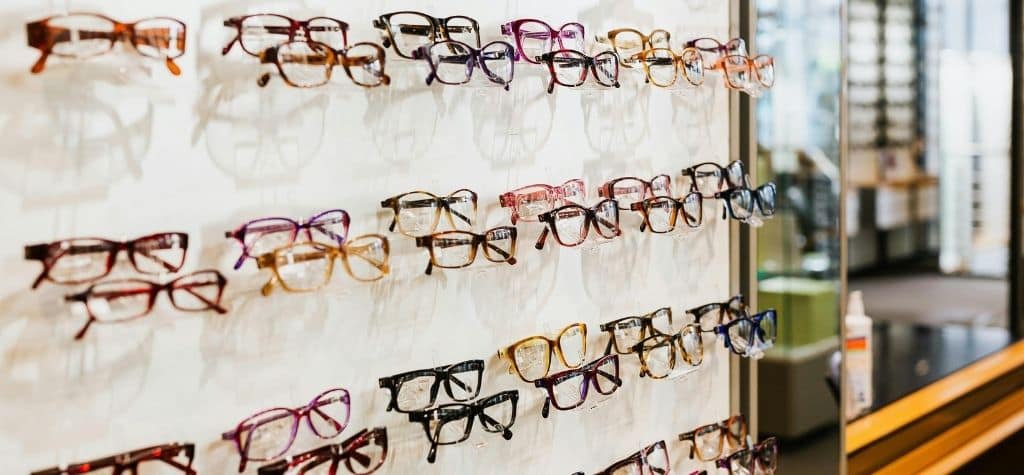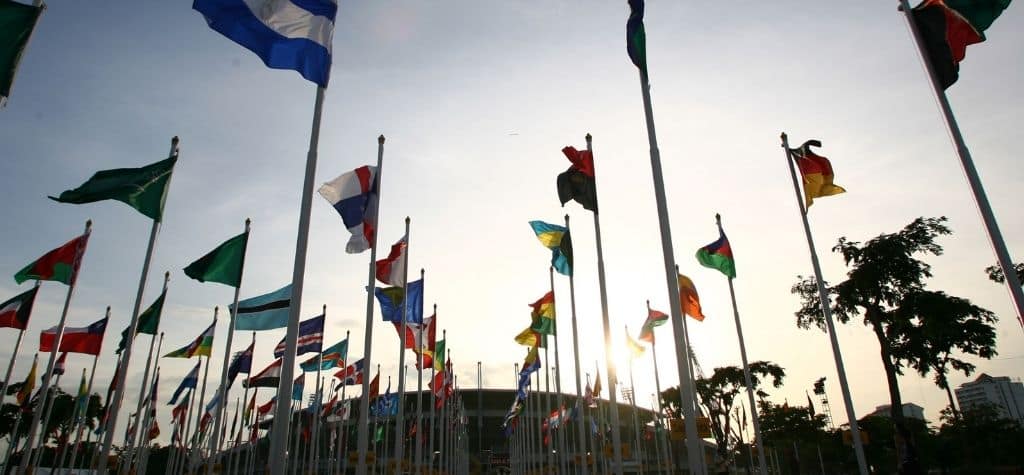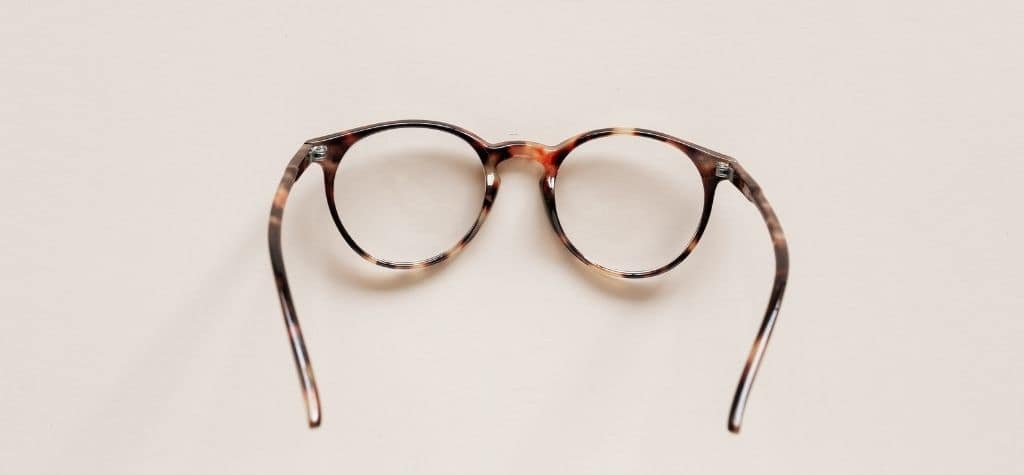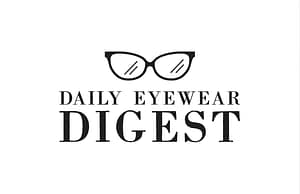Seeing Stories Through Spectacles
If you think of glasses as nothing more than medical devices, you might be surprised by how often they appear in stories. From the dusty pages of classic novels to the glossy covers of children’s books, eyewear pops up as a visual shorthand for intelligence, power, vulnerability or moral judgment. Literature uses spectacles not just to help characters see but to help readers see deeper themes. This article walks through some famous examples — from Kafka’s existential tales to the boy wizard Harry Potter — and explores what those glasses really mean. Along the way, we’ll also look at the real‑world significance of glasses and why they carry so much symbolic weight.
The Social Status of Spectacles

In everyday life, glasses are medical devices that correct vision. But they also communicate something about the wearer’s social position. A 2023 article from Trinity College’s The Vernacular notes that eyeglasses serve as a highly visible marker of social status and capita. While they help people see, they also give insight into an individual’s economic, political and social standing. Historically, glasses were seen as a “badge of infirmity” or disgrace. Over time, as eyeglasses were embraced by capitalist societies, they evolved into symbols of intelligence and wealth.
For those who can afford them, glasses can reflect education and access to healthcare. The same article notes that eyeglasses have become associated with affluence; simply wearing them demonstrates you can pay for regular eye exams and new prescriptions. However, the cost of glasses also reinforces social hierarchies. Researchers report that financial barriers prevent many low‑income individuals from obtaining spectacles, which means the benefits of glasses are disproportionately enjoyed by those already in privileged groups.
This duality — glasses as both medical aid and status symbol — explains why they appear so often in literature. Authors can use a pair of spectacles to instantly communicate that a character is scholarly, wealthy, weak or all of the above.
A Global Need for Glasses

Before we look at fictional frames, it helps to remember how essential glasses are in the real world. According to the World Health Organization, at least 2.2 billion people have near or distance vision impairment. Remarkably, 1 billion of those cases could have been prevented or remain unaddressed. The leading causes include uncorrected refractive errors (88.4 million cases) and cataracts (94 million cases). Yet only 36 percent of people with distance vision impairment from refractive errors have access to appropriate spectacles.
These numbers show that glasses are not just props in stories — they are life‑changing devices that billions need but many cannot access. This scarcity and the social meaning of eyewear add layers of significance when authors place glasses on (or take them off) their characters.
Kafka and the Absence of Glasses
The title of this article references Franz Kafka, but you may notice that eyeglasses rarely feature in his surreal tales. Kafka’s characters often struggle to find clarity in labyrinthine bureaucracies or nightmarish situations. In The Metamorphosis and The Trial, it is the lack of clear vision — metaphorical more than literal — that defines their experience. By largely omitting spectacles, Kafka emphasizes feelings of alienation and confusion. When his protagonists seek meaning, there’s no quick fix like putting on a pair of glasses. The absence of eyewear underscores their inability to “see” their way out of their predicaments.
Piggy’s Glasses in Lord of the Flies
William Golding’s Lord of the Flies provides one of the most dramatic uses of glasses as a symbol. In the novel, a group of boys stranded on an island struggle for power and survival. One boy, Piggy, is overweight, asthmatic and relies on his thick spectacles to see. His glasses become essential for the group because they use them to start fires. Without fire, they cannot cook food or signal for rescue.
An educational resource from the University of Oklahoma’s K20 Center for learning encourages students to examine the symbolism of Piggy’s glasses. The lesson plan directs students to search the novel for evidence that both the conch shell and the glasses are symbols of power. Piggy’s specs represent technology, knowledge and civilization. When the bully Jack and his hunters steal the glasses, they gain control over fire and effectively seize power from the more orderly group.
Golding uses the destruction of the glasses to mark a descent into savagery. Once the lenses are cracked and Piggy is killed, the boys’ tenuous grip on civility is shattered. The fragile lenses mirror the fragility of social order. Readers familiar with the real‑world scarcity of corrective lenses can appreciate the urgency: glasses aren’t easily replaceable on a desert island or in impoverished communities.
Dr. T. J. Eckleburg: Glasses that Watch
In F. Scott Fitzgerald’s The Great Gatsby, glasses appear in the form of a giant billboard. The sign features the disembodied eyes of Dr. T. J. Eckleburg, painted on an old advertisement for an optometrist. The billboard watches over the Valley of Ashes, a desolate industrial area between West Egg and New York City. Many readers and critics interpret the eyes as a symbol of moral judgment — a silent observer of the characters’ corruption and decadence.
An article in the Harvard Divinity Bulletin notes that the novel’s overt theological theme lies in the parallel between Dr. T. J. Eckleburg’s eyes and the eyes of God. Both sets of eyes “always watch over” their respective domains, echoing the biblical verse Deuteronomy 11:12. The looming glasses suggest an omniscient presence in a world where characters behave as if no one can see them. They remind readers that vision isn’t just about optics — it can also stand for awareness, morality and surveillance.
Eckleburg’s billboard also hints at the commercialization of vision. It turns a medical tool — spectacles — into an advertisement, much like the real world where glasses can signify wealth and fashion. The emptiness of the billboard (there’s no actual doctor) underscores the hollowness of the American Dream and the moral vacuum at the novel’s core.
Harry Potter: Heroism Behind Round Frames
No discussion of glasses in literature would be complete without mentioning the Boy Who Lived. Harry Potter’s round spectacles are as iconic as his lightning‑bolt scar. They instantly signal his identity on book covers, movie posters and merchandise. But what do they represent within the story?
Harry’s glasses serve several functions:
- Relatability and Vulnerability. Despite being a wizard, Harry needs glasses. This humanizes him and makes him relatable to readers who may also wear them. He struggles with ordinary problems — broken glasses, spells that repair them — which contrasts with his extraordinary destiny.
- Echoes of Family. Harry’s glasses resemble those worn by his father, James Potter. This visual cue reinforces his connection to his parents and his heritage.
- Symbol of Vision. Throughout the series, characters stress the importance of seeing things clearly — both literally and figuratively. Harry’s experiences with the Pensieve, the Mirror of Erised and his ability to “see” Voldemort’s actions in dreams emphasize perception and foresight.
Although there isn’t a widely cited academic source focusing solely on Harry’s glasses, we can draw parallels to real‑world perceptions of eyewear. Research compiled by scholars at Trinity College notes that adults who wear glasses are often perceived as more intelligent and are associated with high socio‑professional status. This stereotype aligns with Harry’s role as a courageous and clever hero. Yet the same research points out that children with glasses often face negative perceptions and bullying, reflecting Harry’s own experience of being bullied at school. His glasses, therefore, symbolize both his potential and his vulnerability.
Glasses and Morality: Seeing Clearly vs. Looking Away
Across literature, glasses often signify the ability or inability to see truth. Consider these themes:
- Moral vision. In The Great Gatsby, the billboard’s empty spectacles watch as characters commit crimes. The eyes see everything, but do they judge? Do the characters feel judged? The reader must decide.
- Civilization vs. savagery. In Lord of the Flies, Piggy’s glasses enable the boys to harness fire — a mark of civilization. Once they break, chaos ensues.
- Personal clarity. Harry Potter’s glasses remind us that heroes can have flaws. They need help seeing, just like everyone else.
- Absence as commentary. Kafka’s characters stumble in confusion without the “spectacles” that might clarify their world, underscoring existential uncertainty.
Glasses Beyond Fiction: Practical and Cultural Importance

Corrective Lenses and Public Health
Glasses aren’t just literary symbols; they’re essential health tools. The World Health Organization highlights the staggering global need for corrective eyewear: 2.2 billion people have vision impairment, yet only 36 percent of those needing distance correction have proper glasses. In many communities, lack of access to eye care reinforces poverty and reduces quality of life. When literature depicts characters with glasses, it can subtly raise awareness about vision health and inequality.
Social Capital and Inequity
Glasses reveal economic divides. Trinity College’s analysis notes that financial costs are a primary barrier to obtaining spectacles. People of lower socioeconomic status may forgo glasses because they can’t afford exams, transportation or time off work. This ties into literary depictions: Piggy’s vulnerability isn’t just symbolic; it reflects real‑world struggles. A pair of glasses can change a life, but only if you can get one.
Perception and Bias
Glasses influence how people are perceived. The same study from Trinity College reports that men with glasses are regularly described as more truthful, hardworking and dependable. They are also seen as more intelligent and associated with powerful professions. However, these positive stereotypes are not shared equally. Children with glasses often face bullying and are viewed negatively, indicating that age, gender and social context affect the meaning of eyewear. Literature mirrors these biases, showing characters who are mocked for wearing glasses and others who gain respect.
Conclusion: Beyond the Lens
Glasses in literature serve as more than props; they are windows into the values and struggles of society. Whether they symbolize power, morality, vulnerability or social status, spectacles invite readers to look closer at characters and themes. In Lord of the Flies, they represent the fragile line between civilization and chaos. In The Great Gatsby, they watch silently over moral decay. In Harry Potter, they remind us that even heroes need a little help seeing. And in Kafka’s work, their absence underscores existential uncertainty.
These fictional frames also reflect real-world issues. Millions worldwide lack access to vision care, and the cost of glasses reinforces social hierarchies. At the same time, wearing glasses can enhance perceptions of intelligence and trustworthiness. Next time you read a book and notice a character adjusting their spectacles, remember that those lenses might reveal more than just the page — they might offer a glimpse into the author’s commentary on society, health and the human condition.

